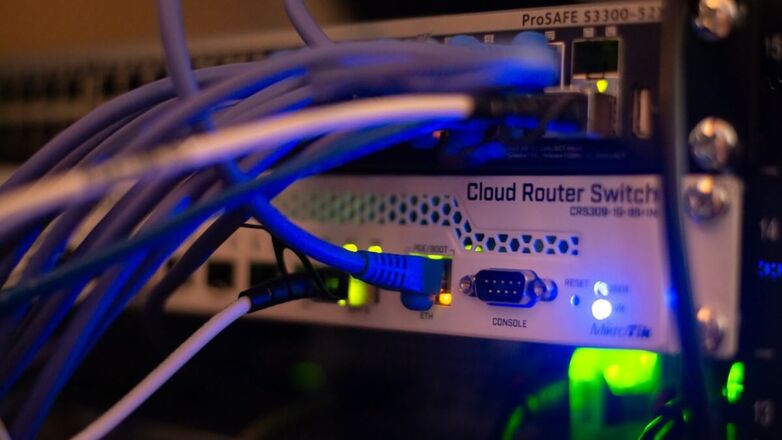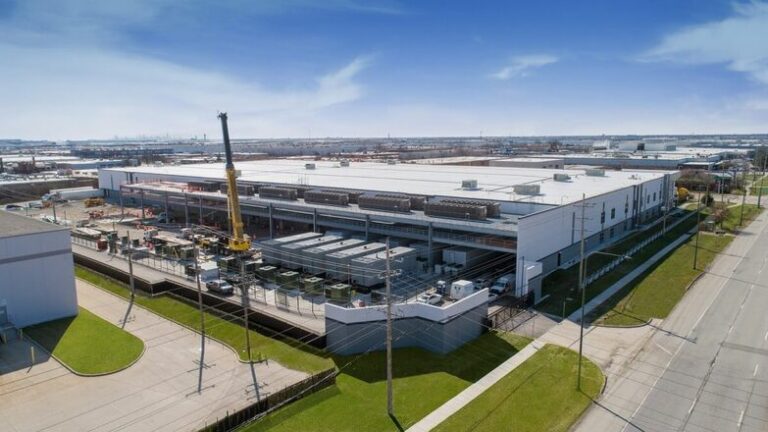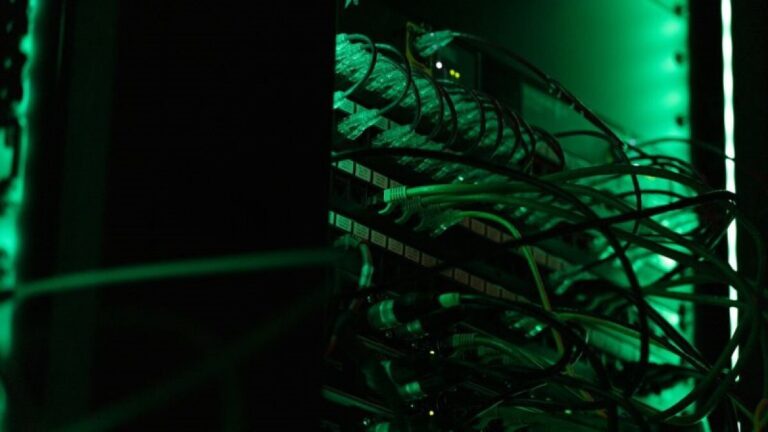
NL-IX, one of Europe’s leading Internet Exchange and interconnection platforms, is taking a major step toward redefining how European enterprises and Internet Service Providers (ISPs) connect securely across borders. The company has announced a strategic partnership with Swiss networking innovator Anapaya to deploy SCION-powered connectivity throughout Europe.
This would bring a new level of security, sovereignty, and resilience to digital infrastructure.
The collaboration enables NL-IX’s members to access SCION – a next-generation Internet architecture designed for path control, attack resilience, and sovereignty – directly through NL-ix’s extensive European backbone. The integration of Anapaya’s CORE and GATE products within NL-IX’s infrastructure will allow ISPs and enterprises to adopt a deterministic, DDoS-resilient, and path-aware model for data transmission, one that addresses long-standing limitations of traditional IP routing.
“NL-IX’s mission has always been to provide Europe with the most reliable and secure interconnection ecosystem,” said Jan Hoogenboom, CEO and Founder of NL-IX. “Partnering with Anapaya marks a pivotal milestone in our journey to become the leading European Business Exchange. SCION technology empowers us to give customers more than speed – it delivers verifiable trust, control, and resilience for the digital era.”
NL-IX currently operates one of Europe’s most robust and geographically distributed interconnection platforms, linking hundreds of data centers, carriers, and enterprises across the continent. With the addition of SCION’s path-aware architecture, NL-IX customers will gain the ability to control where their traffic flows – ensuring data stays within trusted jurisdictions, bypassing untrusted networks, and maintaining guaranteed performance even during network congestion or cyberattacks.
“Europe is home to some of the most advanced and interconnected digital ecosystems in the world,” said Martin Bosshardt, CEO of Anapaya. “By integrating SCION into NL-IX’s platform, we’re extending the benefits of secure and sovereign connectivity to an unprecedented scale. NL-ix’s reach and reputation make it the ideal partner to lead this transformation.”
Security-First Networking Innovation
For enterprises and ISPs, the partnership would promise a new model of digital trust – combining NL-IX’s operational excellence and low-latency infrastructure with Anapaya’s security-first networking innovation. Customers will benefit from end-to-end visibility, protection against DDoS attacks, and routing transparency – critical for sectors such as finance, energy, healthcare, and government, where compliance and uptime are paramount.
The initiative also reinforces NL-IX’s leadership role in advancing Europe’s sovereign Internet strategy, as policymakers and industry leaders push for greater autonomy over data flows and network infrastructure. SCION’s architecture aligns closely with these objectives, offering deterministic routing that enables organizations to define their own trusted communication paths.
SCION (Scalability, Control, and Isolation On Next-generation Networks), developed at ETH Zurich and commercialized by Anapaya, is already in production within critical Swiss networks. It powers the Secure Swiss Finance Network (SSFN) – connecting the Swiss National Bank and SIX – as well as the Secure Swiss Health Network, used by over 30,000 doctors and government agencies. By bringing SCION into the NL-IX ecosystem, this level of trusted connectivity now extends beyond Switzerland to the wider European market.
“This partnership is more than a technical integration – it’s the foundation of a new era for European networking,” said Mr. Hoogenboom. “Enterprises want not only performance but also sovereignty and predictability. Together with Anapaya, we’re giving them the Internet they deserve.”
As deployments begin across the NL-IX network, SCION-powered connectivity will become available to customers in 2026. The move firmly positions NL-IX as the driving force in Europe’s transition to a secure, sovereign, and resilient digital infrastructure, setting a new benchmark for what it means to interconnect in the modern era.





